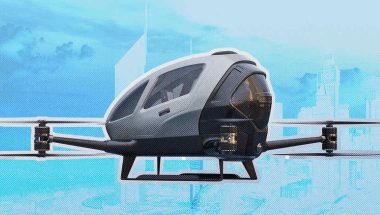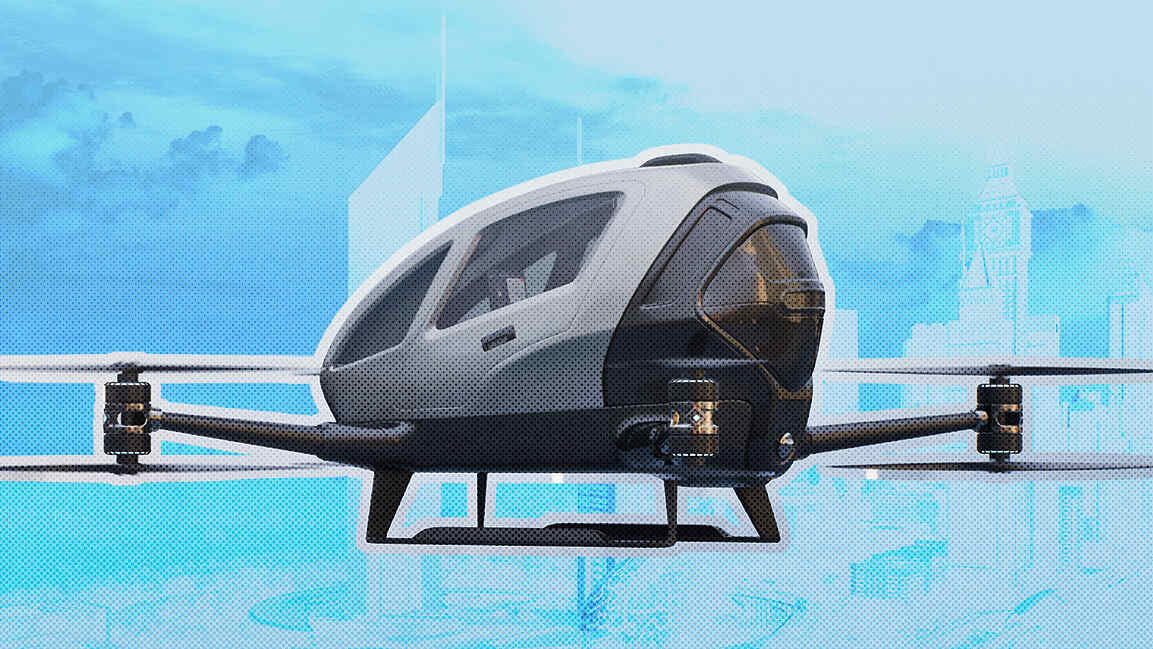- | 9:00 am
What does it take to lead in an innovation economy?
Leaders must modernize without disruption to stay ahead of change while delivering the reliability their customers expect.

A common characteristic of successful businesses is solid leadership. However, leadership is not static; what defines a good leader one year may become obsolete the next. In an age of constant innovation, where AI is driving rapid business evolution, it’s only natural that leadership, too, is getting refreshed.
From raising their innovation game to wrangling business competitiveness, business leaders in the Middle East face a growing spate of challenges. The emergence of AI innovations, sparking equal parts excitement and fear as they reshape industries, also means they have to invest significantly in the technology, improve collaboration, and, most critically, drive a series of cultural interventions to encourage innovation-friendly behaviors and adopt AI responsibly.
At the same time, investors expect the company to deliver continual growth and profits. However, investing in new, untested ideas that take many months or years to produce results does not align with this expectation.
Clearly, the path to innovation has twists and turns along the way and shifting market dynamics add to it. And the role of a leader has never been more demanding in this new economy—the innovation economy—that has been set in motion.
ADAPTABILITY IS THE DEFINING SKILL
“Leaders are running and driving at the same time, keeping core operations stable while steering bold innovation,” says Pieter W Bil, Senior Vice President, Managing Director at Kyndryl MEA.
According to Cherian Varghese, Senior Vice President, Database Platform & Cloud Infrastructure, Client Growth, ISV and Heatwave – EMEA, Oracle, the pace of change is relentless, and leaders are expected to transform businesses while ensuring stability and momentum. “Decisions need to be faster, sharper…Given the rapidly evolving situations globally, the C-suite constantly strives to keep pace with innovation.”
In fast-growing regions like the Middle East, where digital transformation is accelerating, that balance is critical, Bil adds. “Leaders must modernize without disruption to stay ahead of change while delivering the reliability their customers expect.”
To do that skillfully, Michel Ghorayeb, Managing Director at SAS, UAE, says adaptability is the defining skill. “Whether rethinking strategies, investing in new technologies, or responding to emerging trends, success depends on the ability to act with speed and clarity.”
Innovation demands adaptive, integrative, and, above all, multifaceted leaders. These individuals don’t fit neatly into one category; they may be corporate strategists, data analysts, or storytellers.
“Today’s C-suite leaders must balance rapid technological change with sustainability priorities, evolving customer needs, and global competition,” says Petra Schirren, President of Ericsson Gulf at Ericsson Europe, Middle East and Africa. “For me, leadership is about fostering adaptability and foresight, ensuring that innovations not only deliver value to our customers but also align with our vision of building a connected and sustainable future for industries and societies.”
The best leaders integrate diverse skills and experiences to drive innovation and connect more authentically with their teams.
“Prioritizing people-centric strategies and cultivating talent while aligning them with business objectives is essential, as empowered teams drive sustainable innovation forward,” Schirren adds.
NEW COMPLEXITIES
Whether it’s AI-driven customer experiences, carbon-neutral operations, or product refreshes, innovation is no longer optional. Perhaps more than at any other time in history, leaders must tackle greater complexities on the path to innovation. They are expected to bring together technical expertise, market insight, and financial discipline, and are tasked with overseeing R&D road maps, digital transformation, and emerging opportunities.
“The real complexities come from constant tech disruption, evolving talent needs, and growing regulatory pressures,” says Varghese.
“One of the biggest complexities is the need to continuously reassess and realign strategy, customer expectations, industry shifts, and competition with agility,” says Ghorayeb. “At the same time, leaders must empower their people with the skills and mindset to excel in this environment.”
With 5G, AI, and edge technologies advancing, Schirren adds that delivering secure, scalable, and programmable networks also presents complexities.
Additionally, transformation without a clear link to business strategy often results in fragmentation and missed outcomes. “One of the greatest challenges organizations face is the gap between perceived technology maturity and actual readiness,” adds Bil. “Many assume their technology is advanced, yet it is unprepared for emerging risks.”
TECH NATIVE THINKING
Against this backdrop, to navigate complexities in a rapidly evolving digital landscape, experts say it’s crucial to embed technology into every strategic decision to deliver measurable impact, while understanding where your company’s innovation fulcrum is.
“Identifying the right technologies is vital, as it allows us to deliver operational efficiency and meaningful outcomes,” says Schirren.
“Leaders must understand how digital capabilities drive business outcomes,” adds Bil. “Choosing the right technology is essential for efficiency and scaling value across the enterprise. When aligned with business goals, it accelerates decision-making, enhances customer experiences, and drives sustainable growth.”
The challenge is not to chase trends but to choose technologies that solve real business problems and align with long-term goals. Ghorayeb says, “That requires more than tools; it means building the right partner ecosystem and investing in people’s skills. Cross-functional collaboration and clarity ensure technology delivers scale and lasting value.”
We’re in the midst of an extraordinary wave of AI-fueled innovation. However, as AI capabilities continue to expand and the complexities associated with this tech increase, serious ethical considerations should be taken into account along the way. Many executives are grappling with AI investments and how to deploy them.
The real challenge is in making the right choices, says Ghorayeb. “Investments become much easier when we ask the right questions and define a clear business outcome supported by strong governance.”
When it comes to AI, the focus isn’t on whether to invest, but rather on how to do so responsibly and at scale. “It’s also about ethics, compliance, and delivering real business value. The key is to begin with clear objectives, scale responsibly, and link innovation to measurable impact. This challenge is a constant discussion in every boardroom,” says Varghese.
Leaning into technology isn’t about adopting new tech to stay current. It’s about creating AI strategies that maximize impact.
According to Bil, AI must be embedded in enterprise strategy, not treated as an isolated project. “Success starts with a robust data strategy and modern, secure architecture to unlock value and maximize ROI. Once that foundation is in place, workforce readiness becomes critical. Employees need skills, trust, and governance to adopt AI responsibly.”
Experts say the critical success factor is not just the technology but building trust, ensuring transparency, and preparing people with the right skills to adopt and scale AI responsibly.
With technology continually evolving and the need for innovation to improve products, processes, and services to meet the changing needs of customers and stakeholders, leadership is about adaptability and clarity.
“Leadership today is about being comfortable with uncertainty and leading with clarity. Strategies can no longer be set and left. The pace of change is exponential,” says Ghorayeb.







































